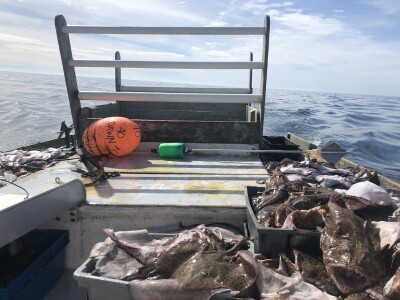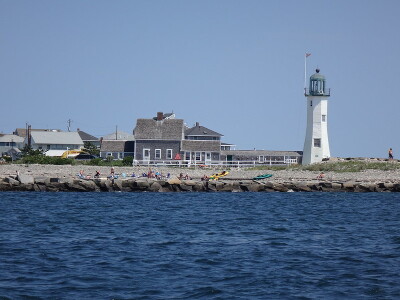PORTLAND, Ore. — When Lewis and Clark first encountered the Columbia River in 1805, they wrote about nearby streams so thick with salmon that you could all but walk across on their backs.
Last summer, those streams looked very different. As a torrid heat wave settled over the Pacific Northwest, the salmon heading up the Columbia River from the ocean in their ancient reproduction ritual started dying en masse, cooked in place by freakishly hot water that killed them or made them vulnerable to predators. Sockeye died by the hundreds of thousands.
“It was a peek at the future,” said Jim Martin, a former chief of fisheries for Oregon, who now works on conservation issues for a fishing tackle company, Pure Fishing. “This is exactly what is predicted by climate-change models.”
Other salmon experts, though, said the future was not that clear. Even as the sockeye here were dying, they said, pink salmon were exploding in number, especially in the Puget Sound area around Seattle. Alaska, which actually supplies most of the wild-caught salmon eaten in Portland, Seattle and other coastal cities that have their identities tied to fish, had its own good-news story this year, with a near-record harvest.
Read the full story at the New York Times >>
Read more about West Coast salmon >>






